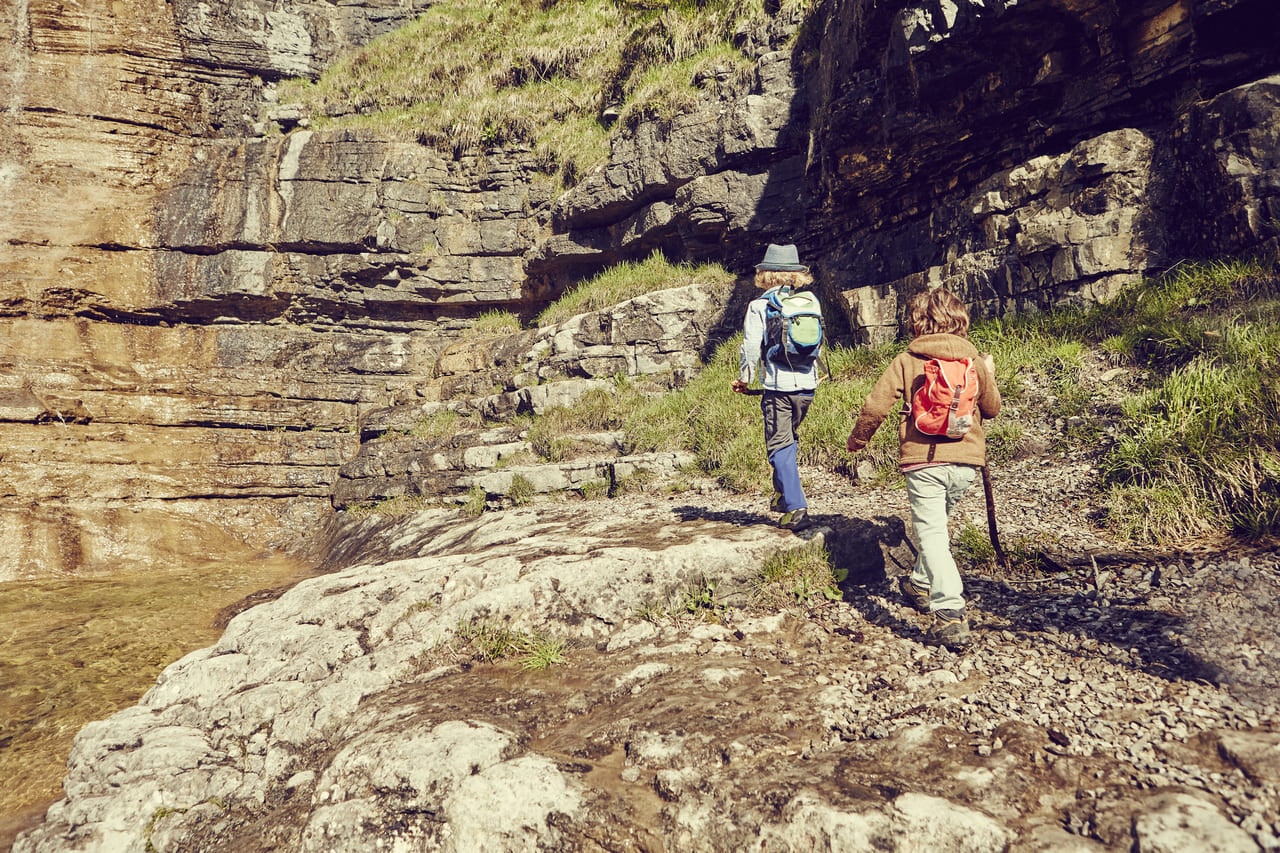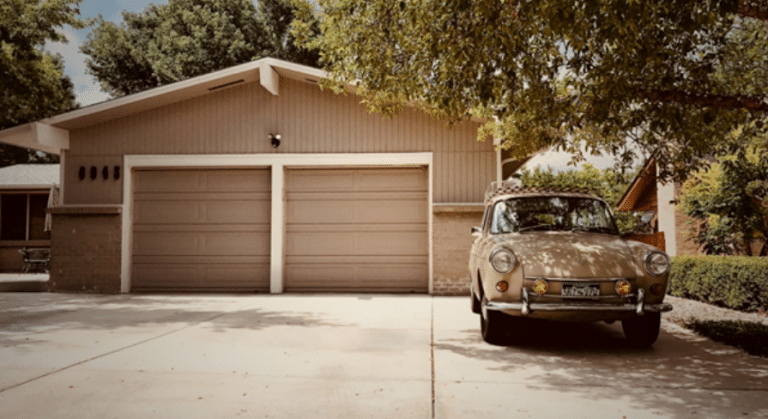Hiking and camping with your children may create lifelong memories. Hiking with children in great areas of the country will let them enjoy nature. Whether it’s a simple campout at a nearby campsite or a hiking trip in the mountains, the idea of “Safety First” applies to all outdoor activities.
Children like being outside. It allows children to explore, experience, learn, and enjoy the independence that they would not have at home. These experiences are fraught with danger. Getting lost is one of the most typical disasters that children might have when camping or hiking. Most of these dangers may be prevented.
Read on to learn about the safety concerns for children and how to keep them safe during hiking.
What Are the Key Concerns of Children’s Safety?
One of the most common concerns for parents is knowing where their children are at all times. While mobile phones provide a convenient and secure way for parents to communicate with their children, giving children mobile phones too early may have negative consequences such as disrupted brain activity, poor academic performance, disrupted sleep, and increased susceptibility to negative influences online or potential crooks looking to prey on children online.
Children Losing Their Way and Getting Lost
Children are too young to distinguish between right and wrong. If they were stranded between two possibilities, they would be unable to identify which path would take them home. This justifies the need for supervision. It is part of our responsibility as parents to keep an eye on our children.
What are the Safety Tips when Hiking with Children?
Adventures with your children may create wonderful memories, but many people are concerned about their safety on the path. Children’s safety is of the highest importance. The good news is that by following a few easy principles when hiking with children, families may reduce numerous hazards.
Here are a few hiking safety tips for families with children:
- Use GPS trackers to ensure children’s safety
There are options available to help parents avoid this issue, such as the kid-friendly GPS tracking device. Without the risk of handing your children smartphones, this device will provide you with all the information you want on them. Child GPS tracking devices may substantially simplify the life of parents by allowing them to watch their children at any time of day or night. In addition to their whereabouts, parents may follow their children’s location and behavior.
- Never play games like hide and seek while hiking
While the natural world may provide some excellent hiding sites for “Hide and Seek,” in this case, it may result in a less than enjoyable game named “Lost and Alone.” Kids get lost all the time; they don’t need to be taught to hide. So, ensure that you and the children don’t play this game when hiking especially in areas where there is forest or mountains.
- Share the hiking plan with others
Always let someone know where you’re going and when you expect to return. Make a copy of the trail map and outline your path with a highlighter to let people know where you’re going. When you get to the trailhead, make sure to sign in at the trail register, if one exists. You can let others know your location by informing them in real-time.
- Teach the children about what to do if they ever get lost
Preparation is essential for this talent. Teach children to stop, find a tree, build a nest, and stay put until help comes at home, in a low-pressure environment. Teach them how to use their emergency whistle, which should be three quick blasts. Remind children that the whistle should only be used in an emergency.
- Don’t stray from marked trails
This is not only an excellent strategy to be safe, but it is also a good philosophy to follow. Ghost trails are indistinct paths established by a few persons who deviate from the main track. They not only do not lead to your objective, but they usually lead nowhere and merely confuse hikers. In addition, ghost tracks inflict unneeded harm to flora along the route.
- Take extra precautions near water sources
When children are near water sources, keep a close check on them. Keep an eye out for steep bank edges that drop into the fast water, as well as slippery cobbles that might lead youngsters to lose their footing. Stick to relatively shallow regions with solid footing, a mild stream, and a safe entrance point if wading.
- Always keep a first aid kit
When planning a hiking trip with children, always carry first aid supplies on hand. Easy Access is an essential item that should be included in every kit. Bandages, antibiotic ointment, wound-closing tape, gauze, tweezers, an ace bandage, blister moleskin, ibuprofen, and an antihistamine. Before you go hiking with your kit, make sure you know how to use each item, so brush up on some basic first aid skills, such as how to stop bleeding, wrap a sprain, and remove splinters. Children can even put together a little kit for their bags.
- Equip the children for safety too
Allow every kid to carry a small rucksack. It can be a tiny backpack and it should include, a jacket, an emergency whistle, a few snacks, and water at the least. If your child becomes away from you, they will have some survival equipment with them.
- Always stay together
This is another one of those obvious guidelines that, believe it or not, parents don’t always follow. Even if the route is well-marked, youngsters might become disoriented. Teach your children to keep you in sight at all times, to wait for the rest of the group at all path intersections, and to stay on the trail. Also, to make it easier to spot one another, dress everyone in bright colors (no camouflage on hiking day!).
- Always be prepared for changing weather conditions
If you’re going on a mountain hike, make sure everyone in your party has at least one additional layer (such as a fleece jacket) and a stocking cap. Bring rain gear if rain is even a remote chance – a backup rain poncho can do the work and is light and tiny to carry. Packing a whole set of additional clothing or several extra pairs of socks might be a lifesaver for little children. Carrying your child should be dressed warmer than if they were walking. Some families also bring hand warmers, mittens, or additional layers of long underwear.








![Home Renovation Guide [2025]](/app/uploads/2021/04/design-hacks-1-378x300.jpg)


